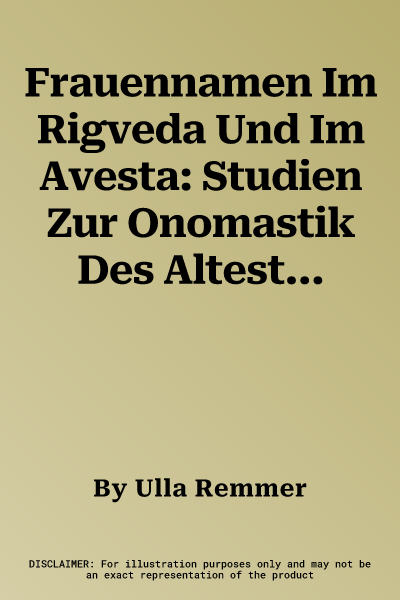Altogether some sixty names of women and female figures are attested in
the Indian Rigveda and the Iranian Avesta, including relatives of the
religious founder Zoroaster. What do these - linguistically often
obscure - word forms of these two closely related languages tell us
about the naming of women? And how can they contribute to our knowledge
of the social position of women in prehistoric Indo-European society? A
general survey of Old Indo-Iranian onomastics is followed by individual
analyses of the meaning, attestation and etymology of the different name
forms. Names of real people are distinguished from those of mythological
figures, since in mythology expressive names that refer to personal
characteristics are more common. New interpretations are offered for a
few names whose etymology has as yet not been satisfactorily explained.
In other cases the focus is on the context in which the names occur. The
work is comparatively based, and often solutions are found in another
branch of the language or in male names. The small number of female
names turns out to be onomastically significant. In addition, the female
names help to explain contested masculine forms. The various individual
results suggest that the naming of women and girls followed pragmatic
considerations: women, for instance, frequently bore names derived from
their husbands' names or those of their families of origin, or they bore
shortened names. Also the names of female mythological figures can often
be interpreted as matrimonial names, derived from the name of their
mythological partner.

